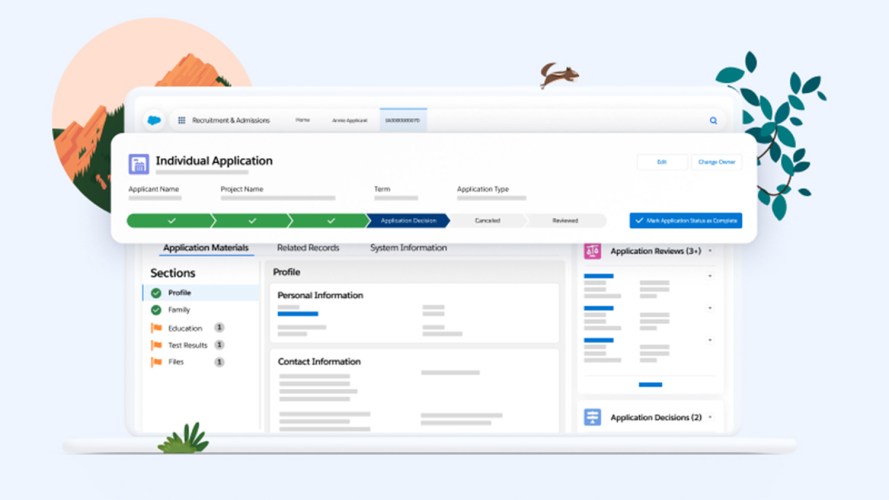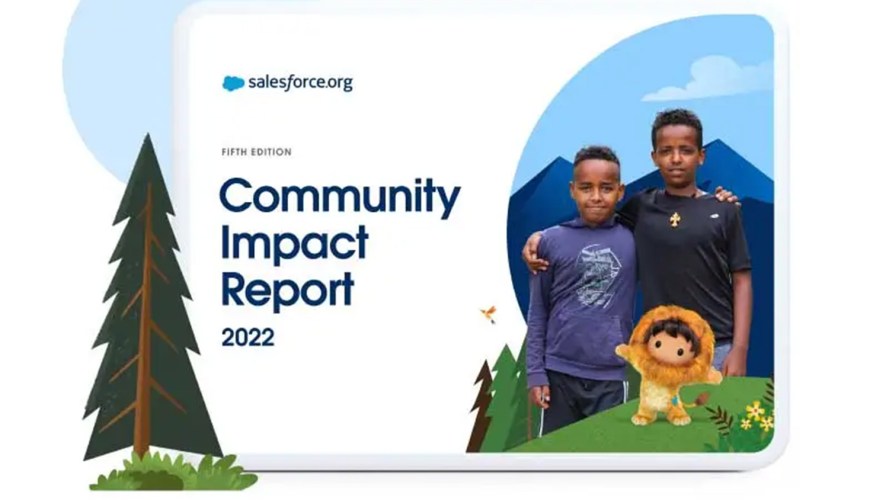This post was originally published on 7/11/2016 and updated on 8/12/2022.
While the need for a constituent relationship management (CRM) system and an overall CRM vision has become clear, many organizations have struggled on the path to actually implement an effective system. A truly successful CRM system is more than just the technology that drives it.
So what is a CRM strategy? A CRM strategy includes a combination of clearly defined strategies connected to specific goals that are delivered by the most effective tools available. The initial process of defining the organizational strategies and goals that the CRM will help deliver is essential. This is called a CRM vision and it defines what the system is expected to achieve and how success will be measured.
Defining your CRM objectives and goals
Conceptually, nothing is new for nonprofits managing customer data and the larger customer journey. Nonprofits have always strived to manage constituent relationships throughout their lifecycle, from their first event to becoming a monthly supporter and beyond. By paying attention to a supporter’s giving pattern and interaction cues, development teams always have nurtured supporters to create deeper and more rewarding relationships.
The importance of a CRM strategy is in how that same donation, volunteer, or interaction information is stored, managed, and analyzed. CRM systems have taken on that task, and have become a vital component of an effective and efficient organization.
A CRM provides the powerful tools an organization can use to become more effective and efficient, but for it to work properly, the organization needs to have a CRM vision—a clear plan for what they want to achieve. A CRM vision serves as the high-level guide that provides a focusing point for the organization’s goals, aspirations, and many of the strategies that it plans to use. It doesn’t specify the details, but it does establish the priorities of the organization, and outlines the most important aspects of their mission and the resulting constituent experience. When developing a CRM vision, the most basic questions to ask are:
- What are our most important goals? What do we need to achieve?
- How do our departments achieve those goals?
- How do those teams relate to each other and interact?
- Could they work together more effectively?
Establishing a CRM strategy and roadmap
Starting with these basic questions, an organization can delve deep into the answers, and build a CRM vision that establishes a clearly defined set of guideposts for moving forward with CRM as a strategy. Using these CRM goals will help define a more specific plan, or CRM roadmap, to follow.
The CRM roadmap will outline the organization’s current state, and be able to answer key questions for staff, management, the board, and other stakeholders in order to achieve a strong consensus and buy-in to the initiative. The CRM roadmap will provide answers to:
- Why is the organization implementing a CRM?
- What will it encompass?
- How will we achieve success?
- Who will be responsible for each part?
- When will each part happen?
By working through the answers to these questions with the entire team, the organization will solidify what CRM goals they plan to achieve with their CRM. From there, they can build an actionable plan and reference guide for their path forward. Together, the CRM vision and roadmap serve several functions:
- They are an opportunity to define how the organization plans to utilize the CRM system
- They are a process for collaborating on and socializing the CRM opportunity
- They define a practical plan for achieving the CRM vision
With the quickly evolving state of technology, efforts to update core systems have the potential to improve the way an organization delivers its mission. Strategies and techniques that were not even imagined years ago are now considered essential procedures in many organizations. The CRM vision provides an opportunity to examine the strategies and processes that provide the functional framework of an organization and compare them to the organization’s goals and aspirations for the present and the future.
More specific than a mission statement, a CRM vision allows the organization to clearly state “These are our core priorities, and this is how we will deliver our mission.” Specifying this vision is essential as an organization grows, often adopting new strategies as well as additional staff, volunteers, and supporters.
Examples of CRM vision statements
A CRM vision is more than a task for a few executives isolated from the rest of the organization. It should be used as an inclusive process to collaborate on and socialize the CRM initiative. Frontline staff and stakeholders provide a valuable perspective on how an organization functions, and their often undocumented knowledge can provide many benefits.
Effective solutions, long-hidden concerns, and common frustrations are often revealed when teams and departments are encouraged to contribute to the roadmap process. Working through a collaborative process will create not only a more effective solution, it will foster stronger relationships between departments, and expand support for system adoption.
Finally, a CRM vision developed into a CRM roadmap is a specific plan on how to get from an organization’s current state to the successful adoption of the new system. The steps, roles, and requirements for all stakeholders are defined and prepared to be communicated across departments, ensuring that the coming changes will cause the least disruption in the organization serving its mission. It will guide leadership and departments through the often challenging change process, and keep everyone informed of how their efforts will eventually benefit the organization’s overall mission.
Clearly this is a lot of information to prepare. But when considering the long-term impact a CRM initiative can have on an organization’s success, it is well worth the effort. Some organizations take a comprehensive all-at-once approach, while others choose to address a few sections at a time, managing the effort over a longer time-frame. No matter how they decide to approach the initiative, the first and most important step is to define a specific CRM vision.
These are the first steps of developing a comprehensive CRM vision and roadmap, but they are essential for a successful initiative. With a clear vision of what the organization wants to provide for its constituents, it is much easier to find the right technology solutions and plan the technical implementation phases.
Build relationships that drive change
Learn more about what a CRM system is and how you can implement a CRM for your nonprofit.






























